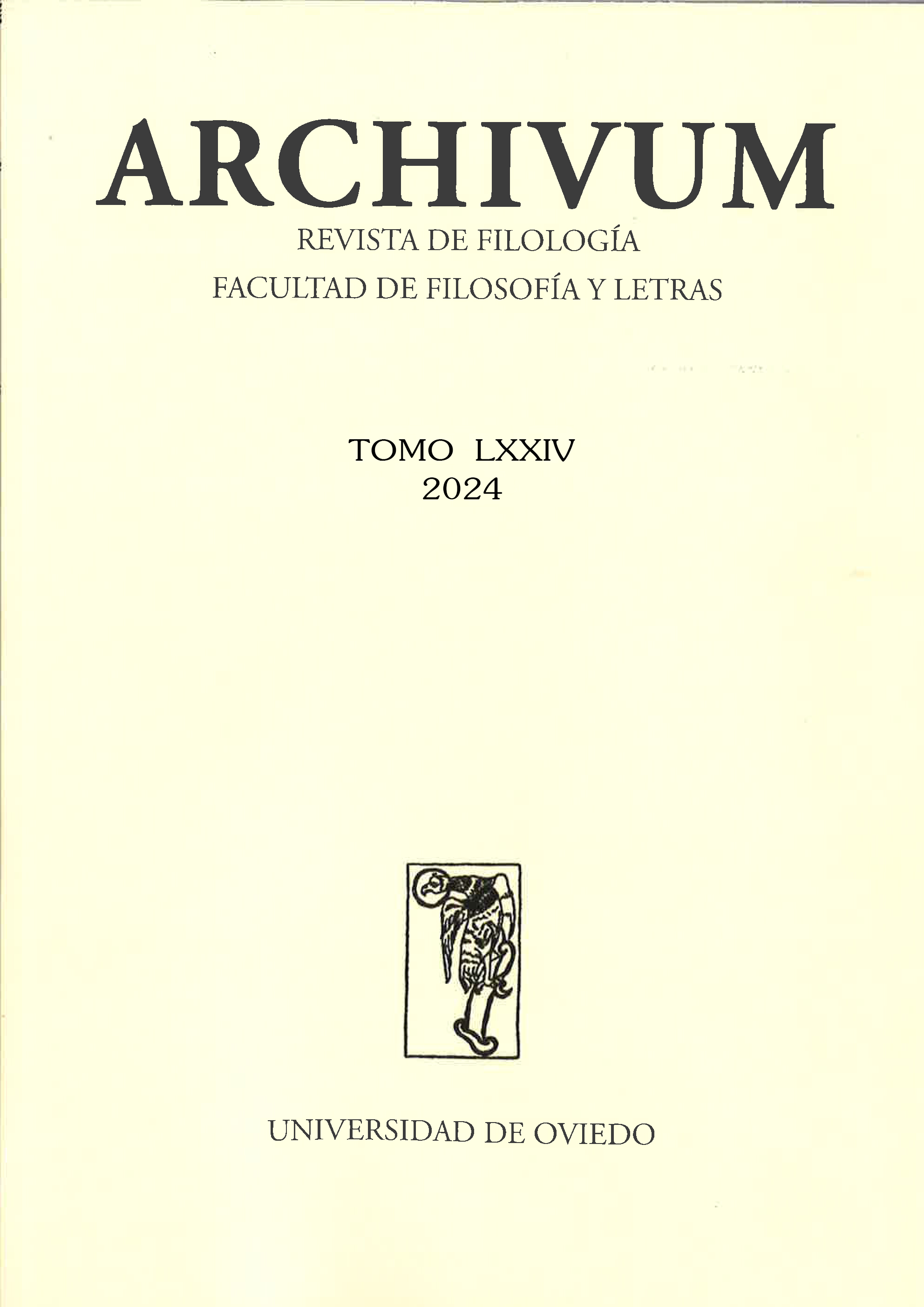Resume
The current environmental crisis around water, has led to an urgency amidst theatre makers to find better methods that reimagine the relationship between humans and water in drama and performances. Theatre has actively engaged with the idea of water over centuries in unique ways. This paper aims to draw on material ecocriticism, as well as the theoretical dialogues of critics like Joanna Zylinska, and Karen Barad among others to examine how water is depicted and performed as a nonhuman form and to analyze how water is configured as a form of power and strife in J.M. Synge’s Riders to the Sea (1911), David Farr’s Water (2007); Sabrina Hahfouz’s A History of Water in the Middle East (2019); and Eva O’Connor and Hildegard Ryan’s Afloat (2021). Material ecocriticism lends itself well to studying the agentialism of water because of the natural element’s metamorphic behaviour. The analysis further highlights the traditional and the non-traditional representations of water on the theatre stage inviting audiences to consider the dramaturgical depictions of the agency of the nonhuman. The selected dramatic texts help trace the evolving depiction of the natural resource over the span of a hundred and ten years; thus, creating thought-provoking discussions that reopen pathways for research around the relationship between water and the human. The study argues that theatre and other earlier literary genres play a key role in portraying the reformation of the literal meaning and understanding of ecological elements such as water in the twenty-first century.
Referencies bibliográfiques
Arons, W., & May, T. J. (2012). Readings in Performance and Ecology. Palgrave Macmillan. Retrieved March 3, 2024, from https://link.springer.com/book/10.1057/9781137011695
Barad, K. (2007). Meeting the Universe Halfway: Quantum Physics and the Entanglement of Matter and Meaning. Duke University Press.
Braidotti, R. (2017). Four Theses on Posthuman Feminism. In R. Grusin, Anthropocene Feminism (pp. 21-48). University of Minnesota.
Brian, K. (2023). Staging the End of the World: Theatre in a Time of Climate Crisis. Bloomsbury Publishing.
Buell, L. (1995). The Environmental Imagination: Thoreau, Nature Writing, and the Formation of American Culture. Harvard University Press.
Cleaves, P.T. (2024). Empowering the student as theatre maker: A new rich-knowledge Theatre A level. Doctor of Philosophy (PhD), University of Surrey https://doi.org/10.15126/thesis.901101
Coole, D., & Frost, S. (2010). “Introducing the New Materialisms.” New Materialisms: Ontology, Agency, and Politics (pp. 1-43). Duke University.
Evernden, N. (1996). “Beyond Ecology: Self, Place, and the Pathetic Fallacy.” The Ecocriticism Reader: Landmarks in Literary Ecology (pp.92-104). Edited by Cheryll Glotfelty and Harold Fromm, University of Georgia Press.
Gosselin, S., & gé Bartoli, D. , D. (2022). La condition terrestre: Habiter la Terre en communs. Seuil.
Kennedy, J. (2004). "Sympathy between man and nature" Landscape and Loss in Synge's Riders to the Sea. Interdisciplinary Studies in Literature and Environment, 11(1), 15-30. Oxford University Press https://www.jstor.org/stable/44086223
Latour, B. (2004). Politics of Nature: How to Bring the Sciences into Democracy. (C. Porter, Trans.) Harvard University Press. Retrieved January 6, 2024, from https://doctoradohumanidades.wordpress.com/wp-content/uploads/2015/04/latour-politics-of-nature.pdf
Linton, J. (2010). What is Water? A History of a Modern Abstraction. University of British Columbia Press.
Luisetti, F. (2023). Nonhuman Subjects An Ecology of Earth-Beings -Elements in Environmental Humanities. Cambridge University Press.
Mosse, R., & Street, A. (2022). To Be Like Water: Material Dramaturgies in Posthumanist Performance. Journal of Contemporary Drama in English, 10(1), 116-132. Retrieved October 12, 2023 from https://refubium.fu-berlin.de/handle/fub188/35484
Peters, J. D. (2015). The Marvelous Clouds: Towards a Philosophy of Elementall Media. University of Chicago Press.
Plunka, Gene.(1988). "Synge's Homage to Paganism in Riders to the Sea." Éire-Ire- land: A Journal of Irish Studies 23, 128-42.
Starosielski, N. (2012). "Beyond Fluidity: A Cultural History of Cinema Under Water." In S. Rust, S. Monani, & S. Cubitt, Ecocinema Theory and Practice (pp. 149-68). Routledge.
Synge, J.M. (1911). Riders to the Sea. John W. Luce and Company
https://www.uobabylon.edu.iq/eprints/publication_3_10878_471.pdf
Zylinska, J. (2020). Waterkino and Hydromedia: How to Dissolve the Past to Build a More Viable Future. In R. Harrison, & C. Sterling, Deterritorialising the Future: Heritage in, of, and after the Anthropocene. (pp. 220-243). Open Humanities. Retrieved November 20, 2023, from https://research.gold.ac.uk/id/eprint/29132/1/zylinska-hydromedia-and-waterkino.pdf

Esta obra ta baxo una llicencia internacional Creative Commons Reconocencia-NonComercial-EnsinDerivaes 4.0.


